Microbial Diversity: Status and Potential Applications
Synopsis
The diversity status of micro-organisms may be defined in terms of variations in morphological, physiological and genetic characteristics apart from habitat diversity. The size of the microbial world has been appreciated recently despite its indispensable role in human welfare and environment protection since time unmemorable. There has been a tremendous effort on to explore the vastness of the microbial diversity through traditional cultivation techniques and the inability of many micro-organisms to respond in a particular culture substrate possess a major setback in this field of research. However, new techniques based on important molecular markers (nucleic acid probes and fatty acid profiles) enabled to overcome the problems of uncultivable microbes to isolate and identify from different natural habitats and other disturbed environments. This book, Microbial Diversity: Status and Potential Applications is an attempt to bring the present scenario of research and development activities related to microbial solution, cultivation and identification techniques, exploitation and economic importance apart from their role in environment protection. The book is based on invited articles from eminent researchers and experts of the country actively engaged in different areas related to microbial research and their applications. The entire book is divided into three sections, Section 1 on Micro-organisms Diversity, Section 2 on Tools and Techniques for Studying Microbial Diversity and Section 3 on Potential Applications of micro-organisms. Section 1 gives an overall view of microbial diversity status on different habitats ranging from algal diversity in Antarctica fresh lakes to fungal diversity in natural forest soil, jhum lands and in stressed environments. Section 2 is an important part of the book describing the present trends of the tools and techniques employed for microbial diversity from all kinds of habitats. Modern molecular based techniques such as use of nucleic acid probes (isolation of DNA, rDNA and 16S RNA), fatty acid profiles (FAMES and PLFA) and epiflouresence microscopy and starter culture techniques for isolation of yeast strains are discussed in detailed. Section 3 is devoted to the potential applications of micro-organisms in various fields such as production of single cell proteins (SCP) from microbial biocatalysis, identification of antimicrobial activity of plants, chitinolytic importance of actinomycetes and biopesticidal management of plant diseases. This section also covers the role of mushroom fungi in socio-economic development of the society in addition to their role in environment protection, industrial and rural development activities.
Read more
32.40
29.16
$
36.00 $
Free delivery Wolrdwidе in 10-18 days
Ships in 1-2 days from New Delhi
Membership for 1 Year $35.00
Get it now and save 10%
Get it now and save 10%
BECOME A MEMBER
Books by the same authors

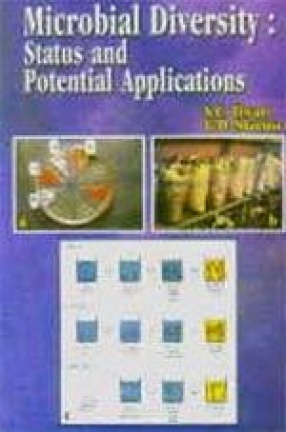
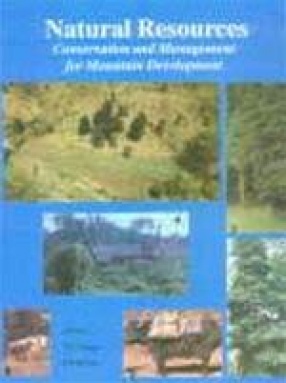
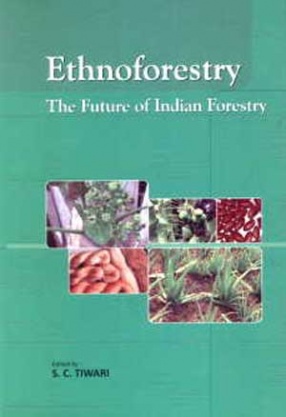

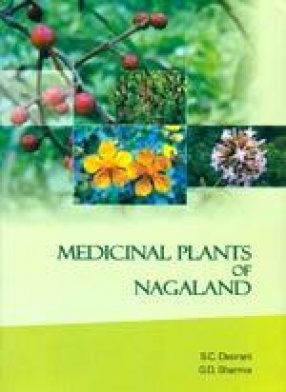
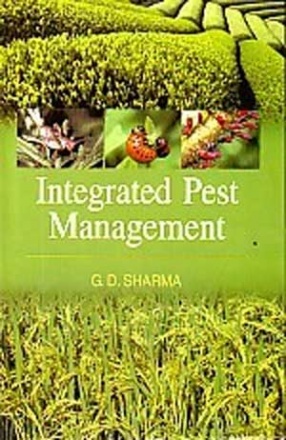
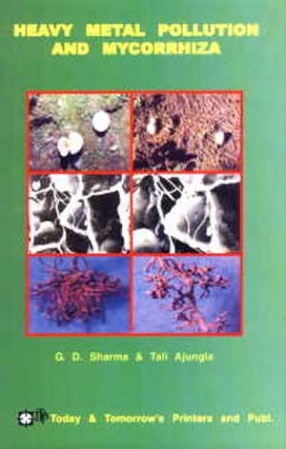

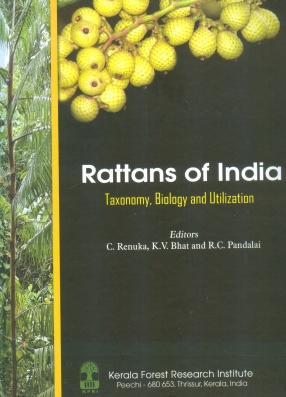
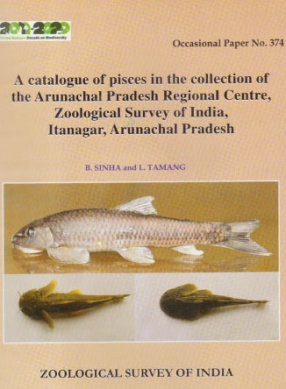
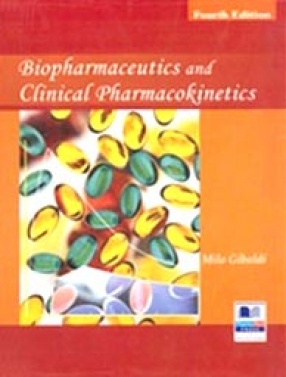

Bibliographic information
G D Sharma